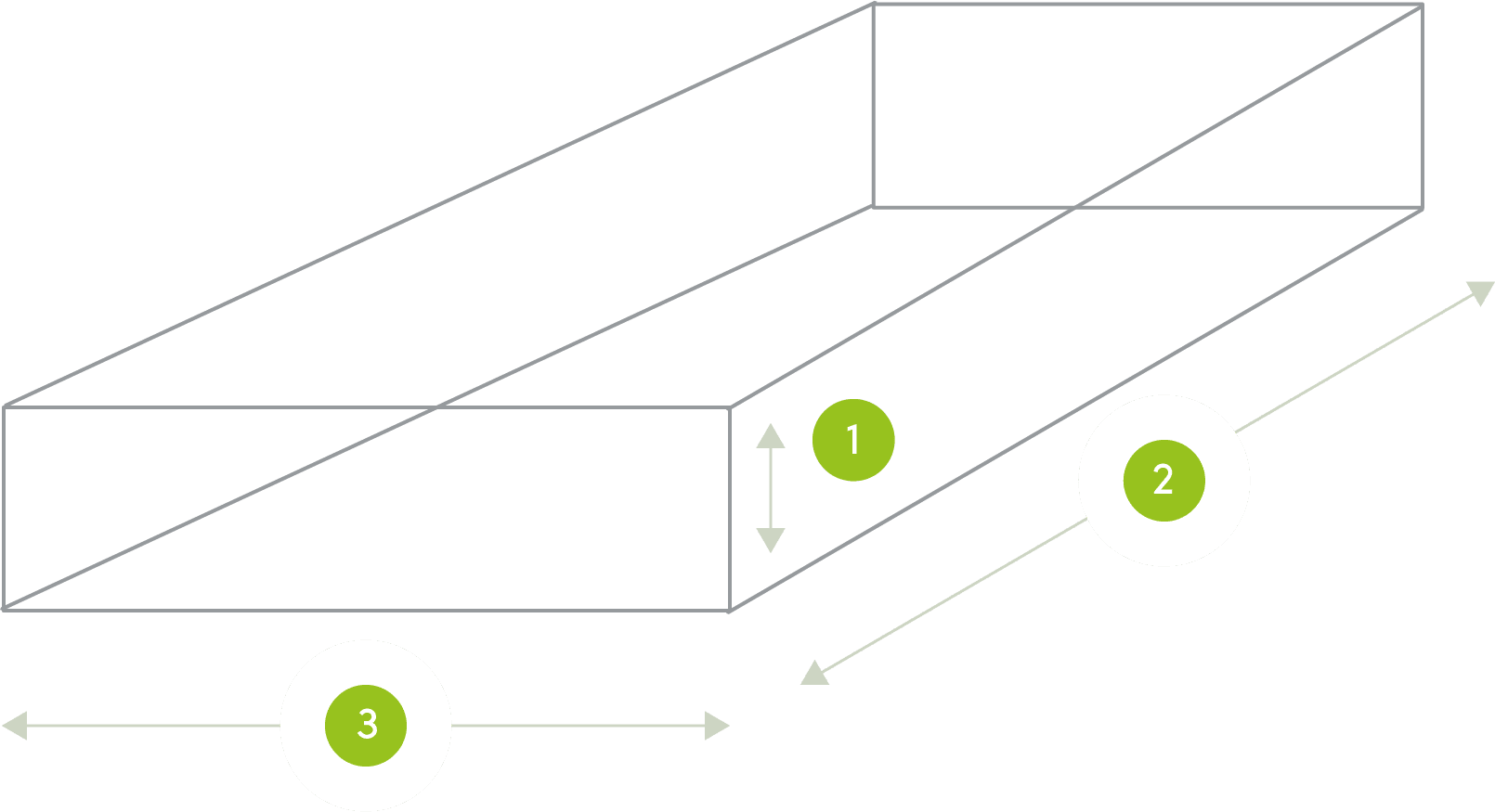There is a myth that planting and growing alpine
plants is very difficult but here at Garden Hub, we would like to clear this up
once and for all.
Especially in the heat waves we have had in the last
couple of years, there are many benefits to starting an alpine garden:
- Most alpine plants prefer good levels of sunshine
- They are low maintenance and drought tolerant
- Alpine gardens look authentic and can be enjoyed throughout the year
- Can provide diversity to your garden with different types of rocks and gravel
- Require fewer plants to make a garden look “full”
- They look great in gardens of all sizes
Where to place your alpine plants
Choose a place where the plants can receive the most
sun possible throughout the day and remember it is always better for the plants
to spend a few hours in full sun than remain shaded all day. If you want to
introduce some shade loving varieties, these can be planted in shady areas
provided by the rocks in your display.
It is essential that alpine plants have great water
drainage so choose a spot on a slope or artificially create one. Alternately
you can use a raised bed.
It is recommended to draw out a plan of what you want
your garden to look like before you actually start so you can bear in mind any
factors that will interfere with the health of your plants.
Planting
When planting, remember to allow for a plants
height and spread as giving them enough room to grow is crucial.
A basic planting mix would be:
Remember to adjust these for individual plant
requirements!
Top-dressing the plants with a layer of gravel will
help reduce evaporation and deter slugs and snails, this is essential for
both Rock gardens and potted displays such as sink gardens.
Tips
- Placing decorative grit around plants reduces evaporation and deters slugs and snails from feasting on your precious plants.
- To avoid rotting, ensure that there is plenty of drainages and integrate Chelsea Garden Horticultural Grit into the soil.
- Choosing a range of rock sizes will keep your alpine garden looking as authentic as possible. Starting with a keystone (larger rock) and then placing the smaller rocks around it will help keep the authenticity.
Want more tips and tricks? Contact us on Facebook.
Shop our Growing Media Range here.

